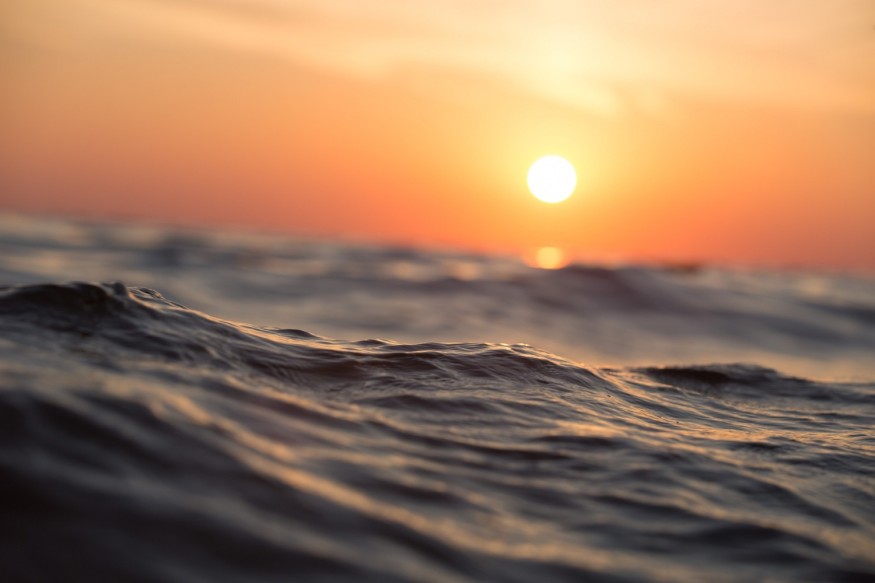
A global conservation body has warned that the loss of oxygen from the ocean due to climate change and nutrient pollution risks "terrible effects" on sea life, fisheries, and coastal communities.
Nearly 700 sites had been recognized globally with low oxygen levels - up from only 45 in the 1960s, according to the International Union for the Conservation of Nature (IUCN).
IUCN added in the most extensive peer-reviewed study to date that the number of anoxic waters - areas lacking oxygen - have quadrupled.
Minna Epps, the IUCN's global marine and polar program director, said they see a 2 percent decline in the global oxygen level in the oceans. "We [see It [may not] sound like a lot, but this small change will have enormous ramifications," she told Al Jazeera.
"Deoxygenation will have an [effect] on biodiversity, on the biomass of commercially [valuable] species and on vulnerable, rare species. It will also have an [influence] on habitats. We are seeing species [relocating] because of this," Epps added.
The report discovered that oxygen loss is increasingly threatening fish species such as tuna, marlin, and sharks, all individually sensitive to low levels of prolific gas due to their large size and energy needs.
“To curb ocean oxygen loss alongside the other disastrous impacts of climate change, world leaders must commit to immediate and substantial emission cuts."
Dr Grethel Aguilar, IUCN Acting Director General
Read our new report on ocean deoxygenation https://t.co/XysJjaHyiQ #COP25 pic.twitter.com/4KkfXLssXr — IUCN (@IUCN) December 7, 2019
The sea gets about a portion of all fossil fuel emissions; however, there are fears that the world's seas will eventually reach a saturation point as global energy demand continues to grow.
Oceans, on current trends, are expected to lose three to four percent of their oxygen worldwide by 2100. Most of that loss, however, is likely to be above 1,000 meters (3,281 feet) - or the most substantial part of the ocean for biodiversity.
Grethel Aguilar, the IUCN's acting director, told Al Jazeera that the scale of damage climate change is "wreaking" upon the ocean comes into stark focus. "The delicate balance of marine life is thrown away into [chaos] as the warming ocean loses oxygen," Aguilar added.
The report on ocean oxygen loss concluded that deoxygenation is already modifying the marine life balance to the detriment of species across the food chain.
The biomes that hold about a fifth of Earth's current seafood catch are created by ocean tides that bring oxygen-poor water to coastlines. These regions are especially defenseless to even tiny variations in oxygen levels.
"[The results] here will ultimately ripple out and [influence] hundreds of millions of people," the IUCN said. A landmark assessment of the world's natural habitats was issued this year, concluding that individual actions threaten up to one million species with extinction.
Oceans are already struggling with warmer temperatures, rampant overfishing, and plastic pollution. The World Meteorological Organization this week said the ocean is now 26 percent more acidic than before the Industrial Revolution due to human-made emissions.
IUCN's senior marine science adviser Dan Laffoley said that ocean oxygen depletion is threatening marine ecosystems and is now under stress from ocean warming and acidification.
Laffoley added everyone needs to decisively curb greenhouse gas emissions as well as nutrient pollution from agriculture and other sources to stop the worrying expansion of oxygen-poor areas.
The IUCN report also found that pollution around shorelines was having a notable effect on oxygen levels, with fertilizer and agricultural runoff promoting more algae growth, which in turn depletes oxygen as it decomposes.
© 2025 NatureWorldNews.com All rights reserved. Do not reproduce without permission.





